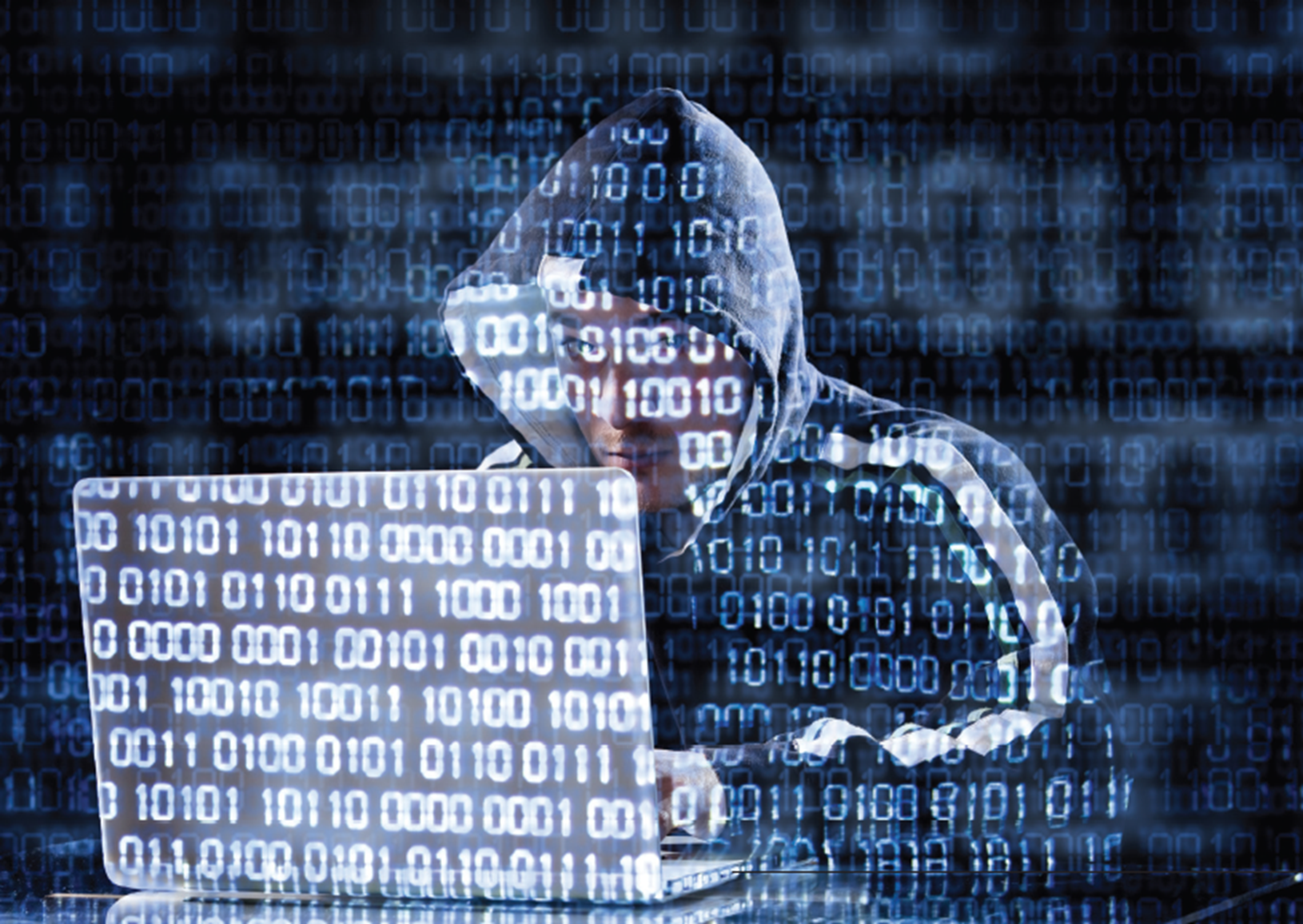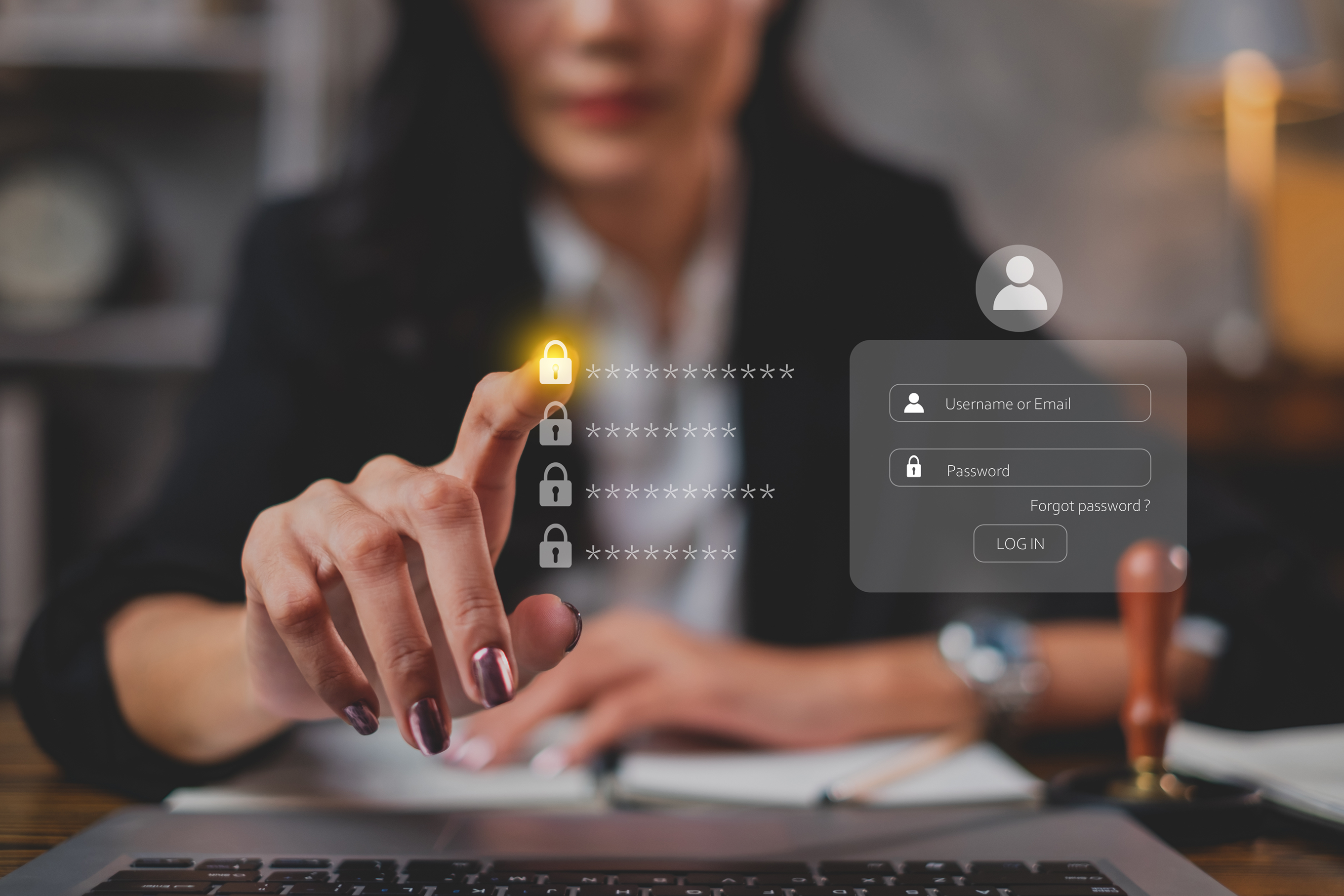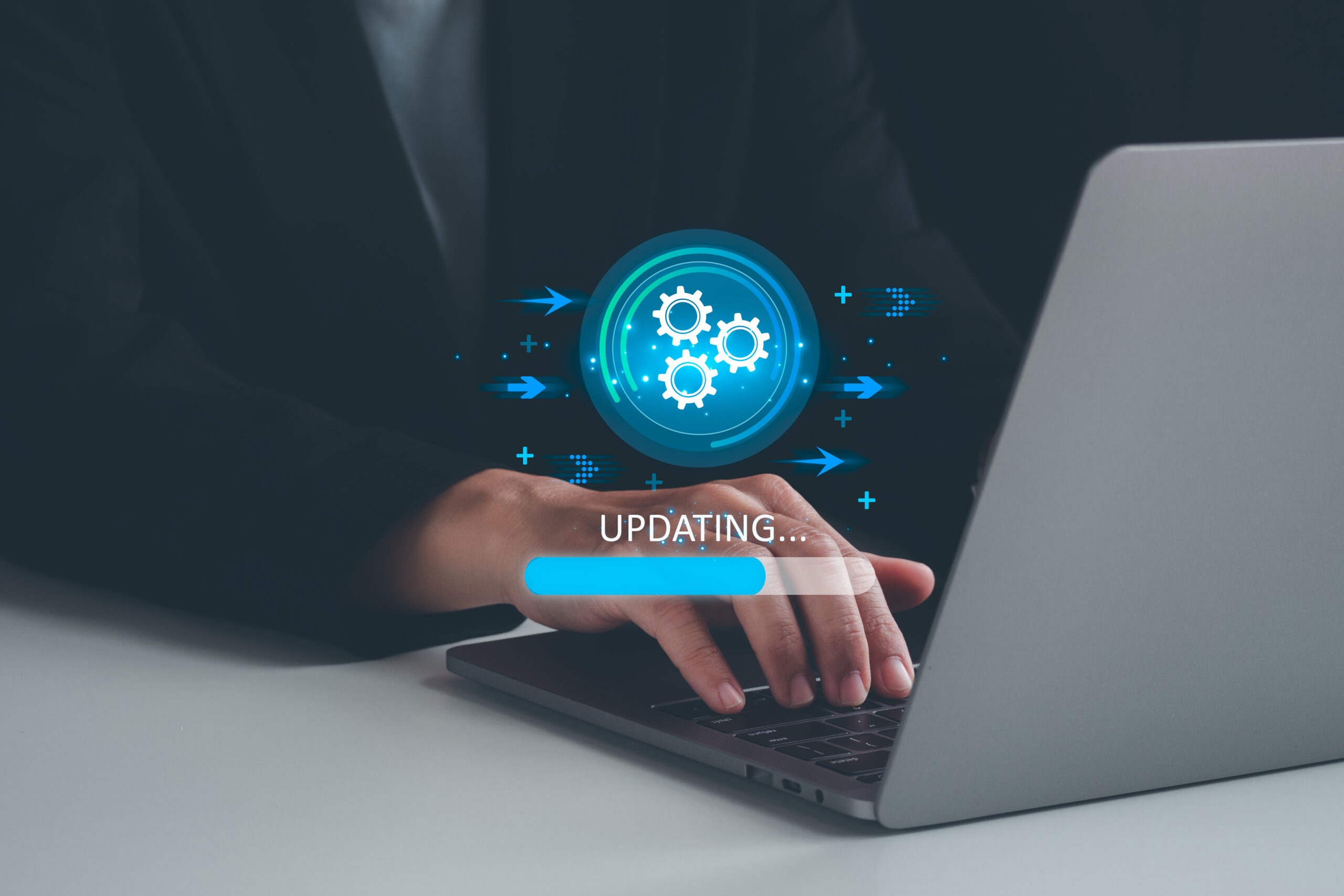Identity Theft and How it Relates to Mortgage Fraud

Mortgage fraud is on the rise in Canada, particularly in British Columbia and Ontario where according to the CBC, at least 32 properties in the two provinces have been involved in fraud this year.
Much of the mortgage fraud we are seeing today involves Identity theft, which is the unauthorized use of someone else’s personal information, such as name, date of birth, Social Insurance Number, or bank account details that are used to commit fraud.
With easy access to advanced technology, identity thieves can create fake ID using another person’s stolen personal information that is virtually impossible to detect making it easy for them to commit mortgage fraud.
That is why we are seeing stories in the news where fraudsters have successfully been able to steal homes out from under homeowners. Without more preventative measures being taken, mortgage fraud in Canada is only going to continue to increase and increase exponentially.
Rate of identity fraud in Canada from 2008 to 2021 (per 100,000 residents) (Source: Statistics Canada (StatsCan) 2022)

Part of the reason for this is because more and more organized criminals, state actors, and lone hackers are getting into cybercrime and particularly identity theft because they can generate so much revenue. According to the Canadian Anti-Fraud Centre (CAFC), identity theft currently ranks second behind phishing attacks.
As of October 31, 2023, the CAFC has received reports totaling CAD$448 million in reported fraud losses; that is a low number given it is estimated that less than 5 to 10 per cent of fraud victims report the fraud. Identity theft is a booming business because it is so easy for criminals to purchase identities on the dark web that are generated from the growing number of data breaches that hackers successfully implement against government entities, hospitals, businesses, and organizations.
Data breaches, according to a 2022 Javelin Strategy and Research IBM study, have become very costly for business. The average global cost of a single data breach for a business amounts to $4.35 million. The cost is much higher in the US, where it currently stands at $9.44 million.
How it works is that once a hacker successfully carries out a data attack, they will either ransomware the company to pay money to get their data back or release the data on the dark web for other criminals to purchase and use for their criminal purposes.
It is the combination of data breaches through phishing and ransomware attacks and the technological capabilities to generate exceptional fake IDs that are resulting in a tsunami of cybercrime.
Global Cybercrime Damage Costs:
$6 Trillion USD a Year *
$500 Billion a Month
$115.4 Billion a Week
$684.9 Million an Hour
$11.4 Million a Minute
$190,000 a Second
*Source: Cybersecurity Ventures
For BC Notaries, one of the ways you could be affected is with the ability of criminals to generate fake IDs using stolen personal information that you cannot visually tell is fake.
With the recent frauds that hit the media this year, the Title Insurance companies investigating those frauds noted the fraudsters were confidant meeting in person as well as online with mortgage brokers, Notaries, and lawyers. For regulators, that is a big wakeup call as there is a false sense of security that meeting in person will protect against fraud as opposed to meeting online, when in fact the fraudsters are so confidant in their fake ID, they will meet in person or online.
The fake IDs are so good that even government-issued selfie ID technology—the technology used to identify fake IDs—is not foolproof. What we are learning is that to combat the growing problem of undetectable fake IDs, you need to have multiple ways to verify the identity of an individual, not simply rely on ID. The good news is that multi-factor digital identity verification technologies are emerging onto the scene to help combat those fraudsters.
The technologies, while not 100 per cent guaranteed to stop all fraudsters, are the best tool available to combat most of that type of growing fraud and meet your FINTRAC KYC requirements.





